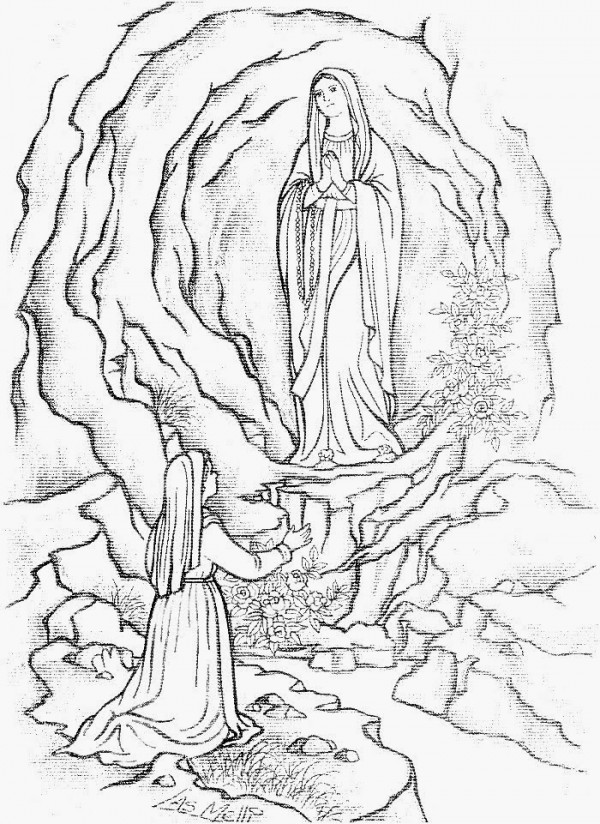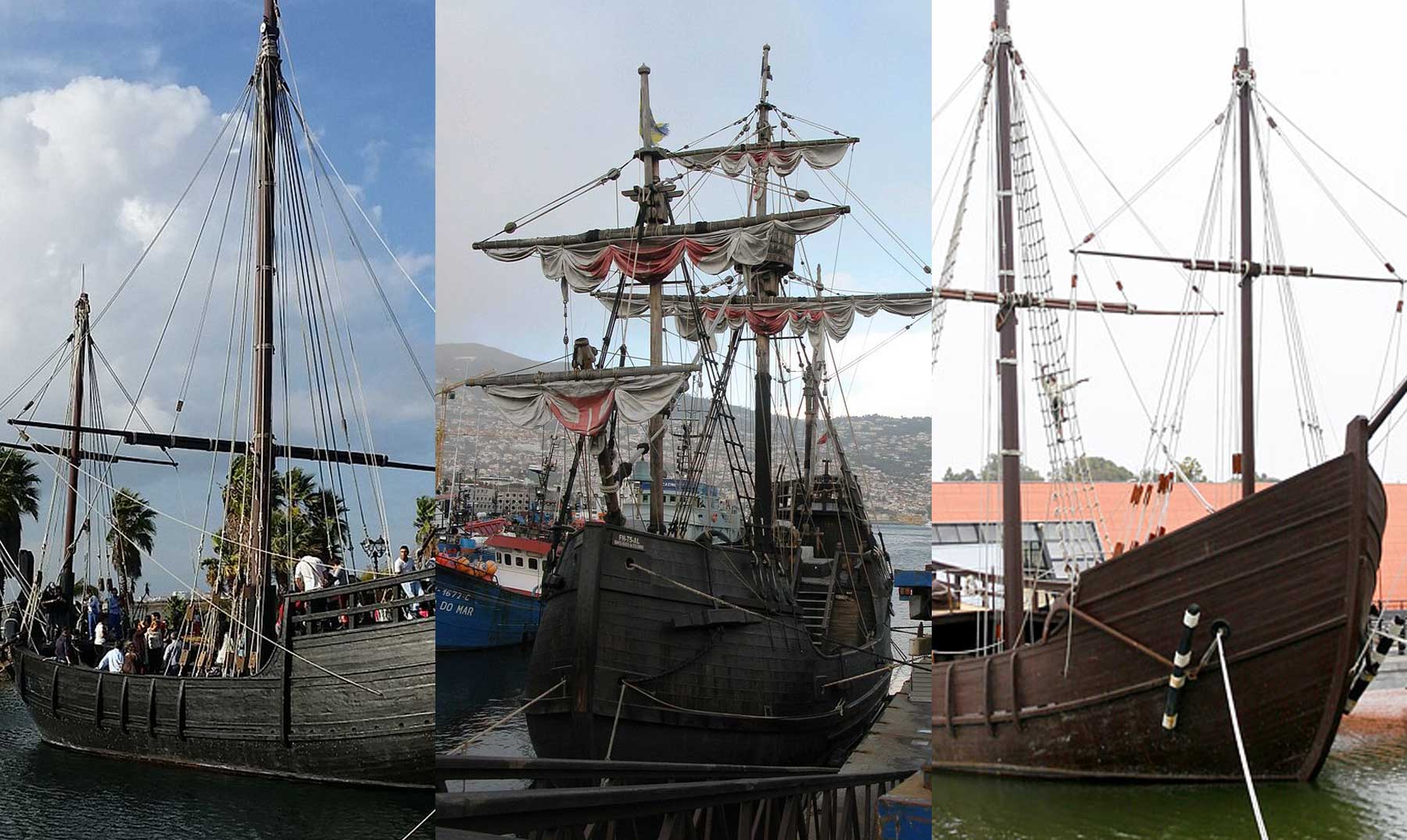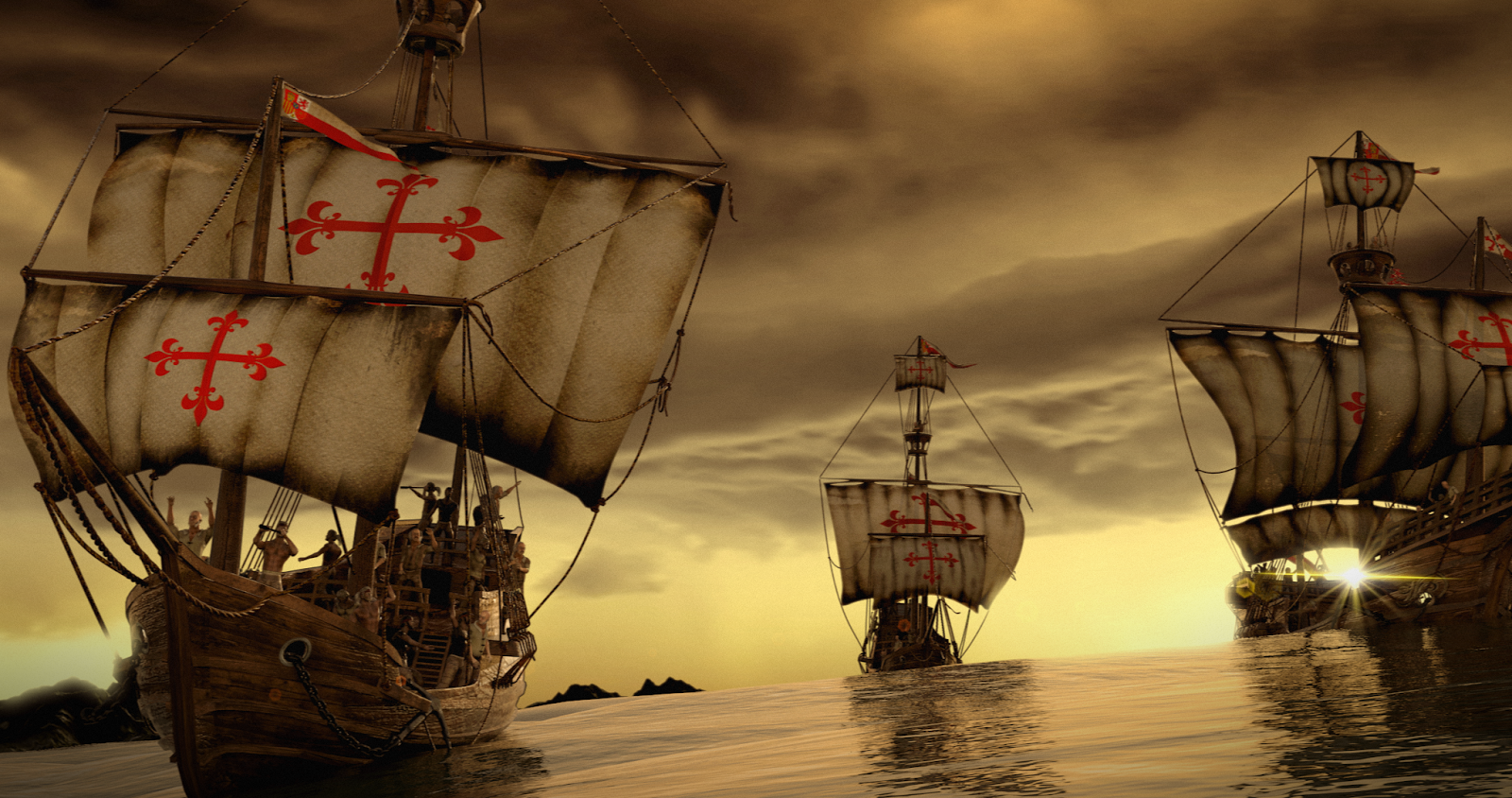

His assistance would turn out to be a sine qua non of the voyages of Columbus, and yet, due to the self-aggrandizement of Columbus in his journal, and its revision and continuation by his son, de la Cosa remains a shadowy figure, except for the contribution for which he is best known, the earliest-known-surviving map of the New World.
LA NINA LA PINTA Y SANTA MARIA PROFESSIONAL
De la Cosa was a professional master, navigator, and entrepreneur. "There is a lunatic fringe of writers determined to establish far-fetched theories regarding the Columbus enterprise or to prove that the discoverer was of some nationality hitherto unsuspected." Master of the Santa María Ĭolumbus encountered Juan de la Cosa apparently by accident in the port of Palos de la Frontera (circumstances moved so quickly with such unexpected result as to preclude any pre-arrangement between Columbus and de la Cosa see below), the point of embarkation for the yet undiscovered New World. In the absence of proof, scholars can only speculate. Moreover, "la Gallega" can be taken as "the Galician," suggesting that the ship was constructed in that province and was named after it. One solution to the conundrum is that the ship began under de la Cosa as Gallega and was changed by Columbus to Santa María, but there are other theories as well. The historians offer two names: Gonzalo Fernández de Oviedo y Valdés calls it Gallega Antonio de Herrera y Tordesillas, Santa María. The original journal, sent to the monarchs of Spain, did not survive, but an abstract (full of errors) by the historian, Bartolomé de las Casas, did.

Columbus's Journal of Navigating for the first voyage frequently refers to the Pinta and the Niña by name, and often asserts that they were caravels, but it never refers to the flagship by name. There is less certainty about its name than for the other two ships. The name and provenance of the Santa María

The hull remained where it was, the subject of much modern wreck-hunting without successful conclusion. He thus regarded the wreck as providential. The fort was the first Spanish settlement in the New World, which Columbus had claimed for Spain. Having gone aground on Christmas Day, 1492, on the shores of Haiti, through inexperience of the helmsman, it was partially dismantled to obtain timbers for Fort Navidad, "Christmas Fort," placed in a native Taíno village. Requisitioned by order of Queen Isabella and by contract with Christopher Columbus, whom de la Cosa knew previously, the Santa María became Columbus's flagship on the voyage as long as it was afloat. Her master and owner was Juan de la Cosa, a man from Santoña, Cantabria, operating in south Spanish waters.

La Santa María ( The Saint Mary), alternatively La Gallega, was the largest of the three Spanish ships used by Christopher Columbus in his first voyage across the Atlantic Ocean in 1492, the others being the Niña and the Pinta. Ship model at Fort San Cristóbal, San Juan, Puerto Rico


 0 kommentar(er)
0 kommentar(er)
